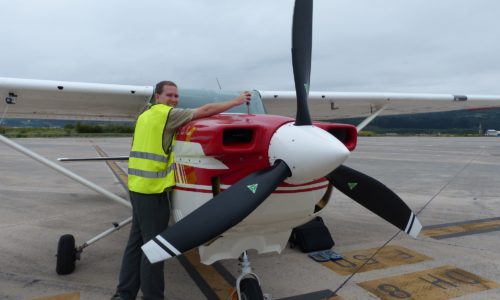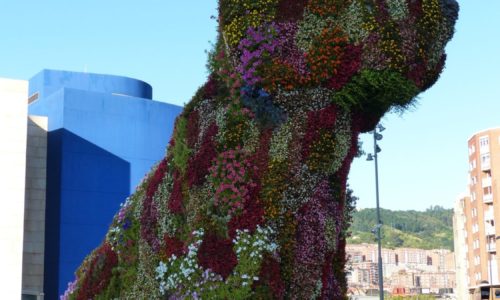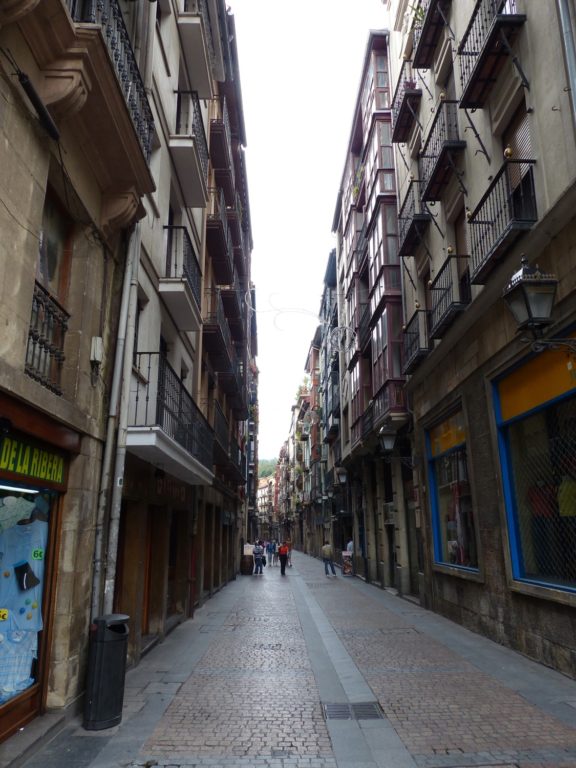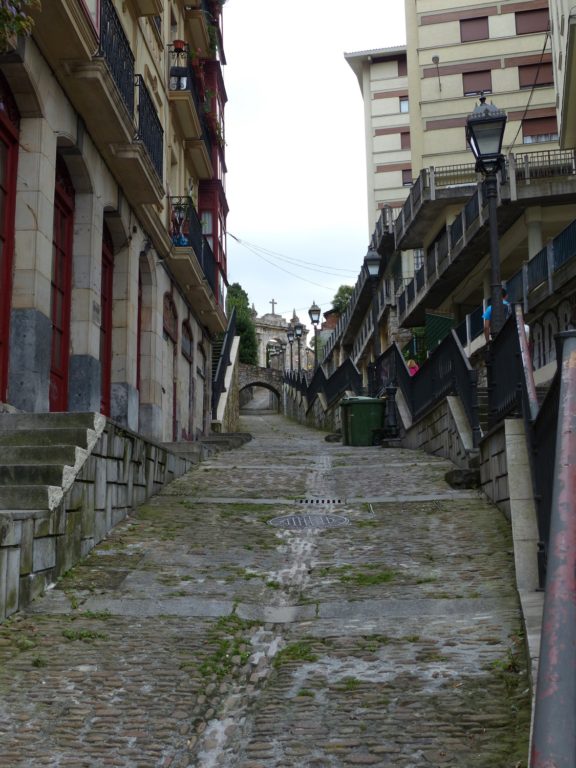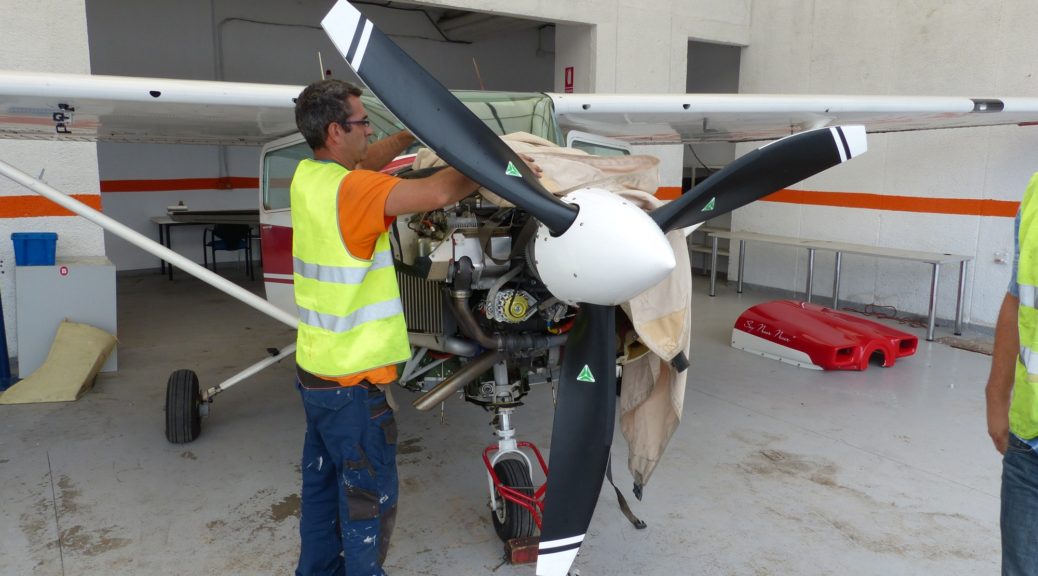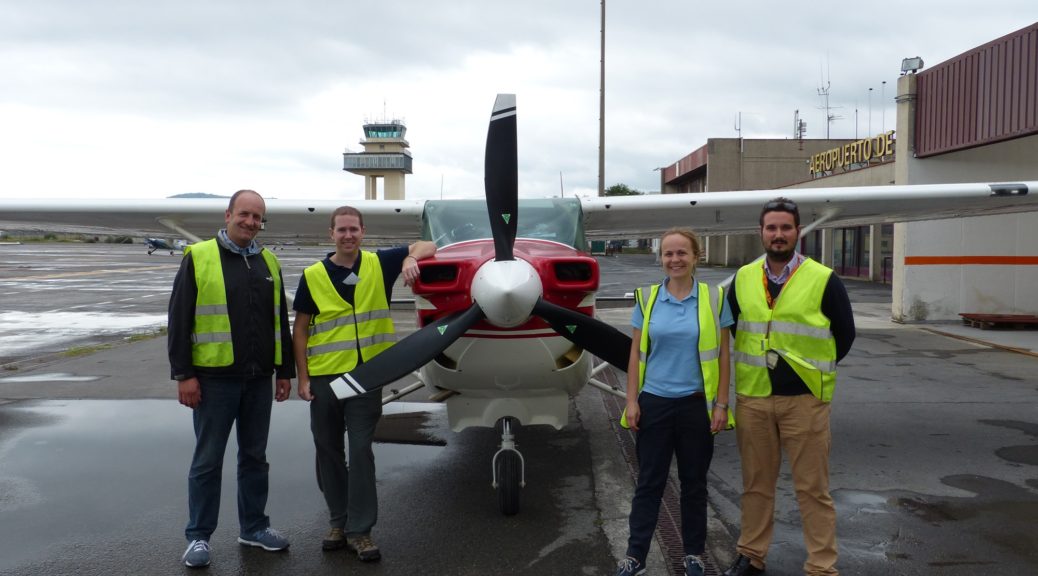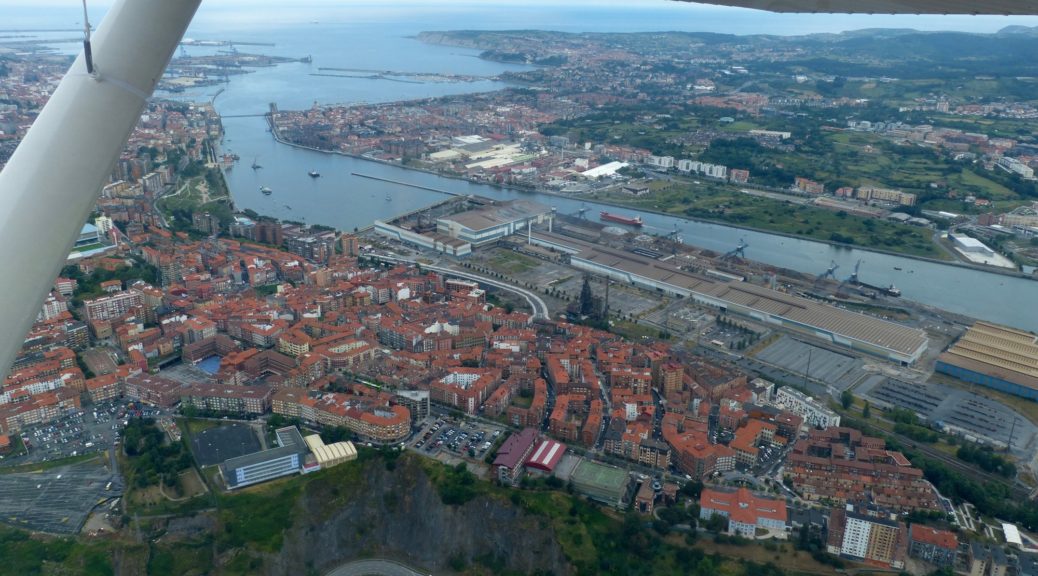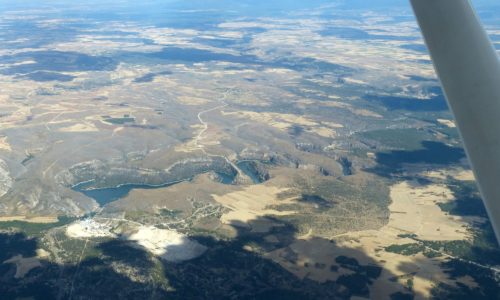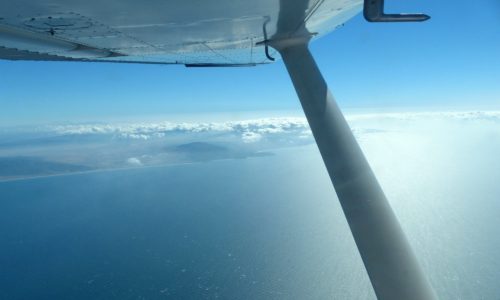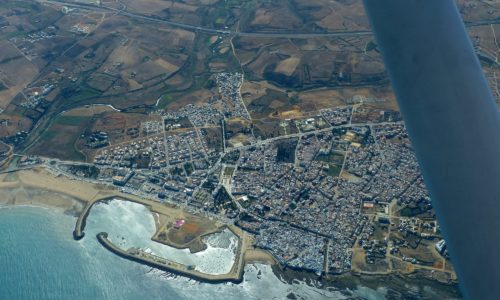Africa – Into Morocco

An overcast sky in the morning stopped us feeling too bad about being earth-bound for the time being. The breakfast at the Holiday Inn Express was surprisingly good, and with our hunger satisfied and clutching our newly purchased tools we took the shuttle bus back to the airport. Servisair met us once again and led us through to security, where we hit the first problem of the day. The men at security were adamant that our dangerous tools would not be allowed through security unless we were licensed mechanics; which we, of course, were not.
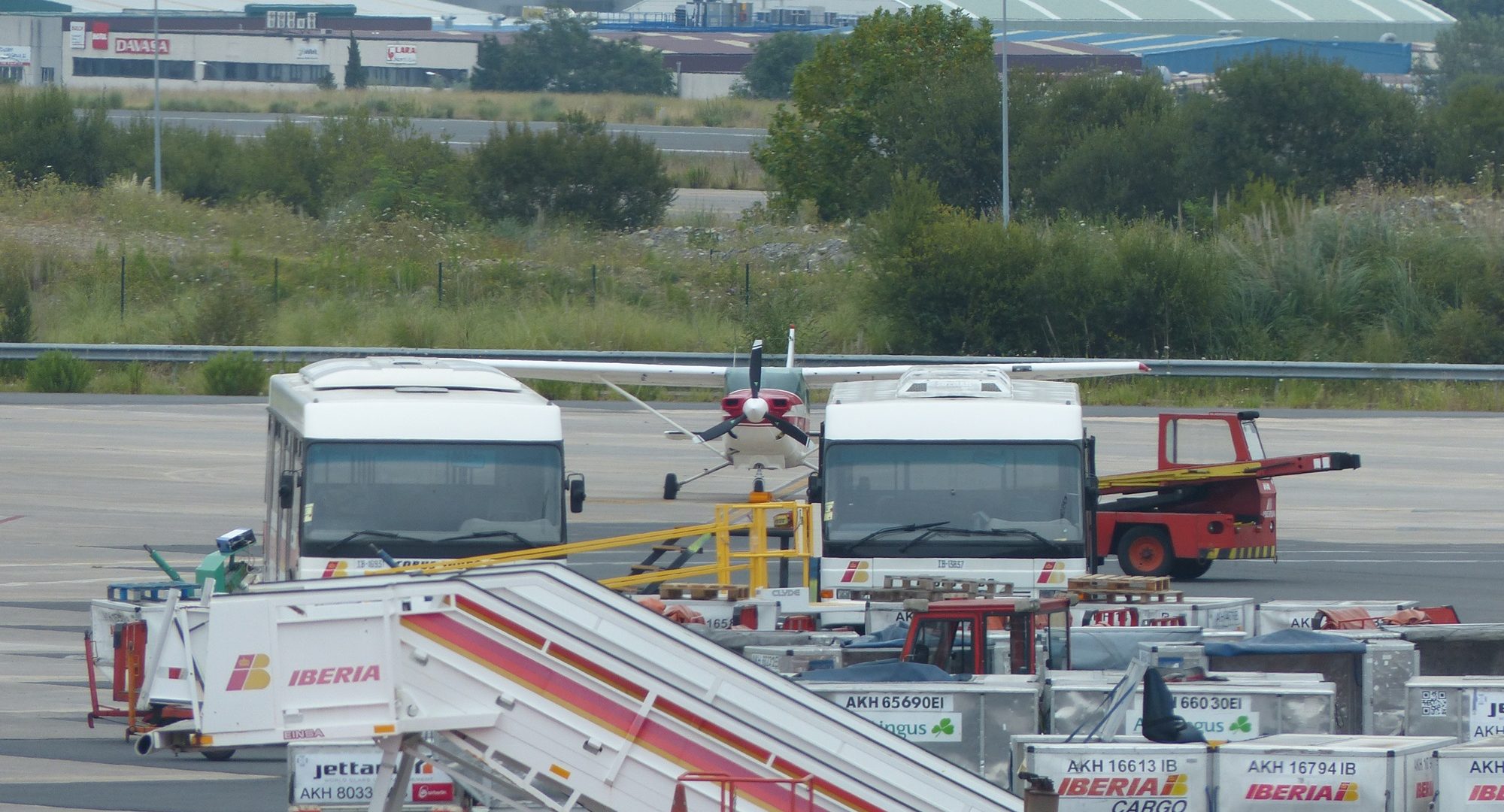
Arguments that pilots are permitted to carry out some of their own maintenance fell on deaf ears. Avoiding the temptation to point out that we hd a folding knife in the aircraft already, so we’d hardly be trying to smuggle a pair of pliers through to perform nefarious deeds, we eventually negotiated a truce whereby we gave up our hammer, security saved face, and we could still proceed with our precious screwdriver. I was reasonably confident that we wouldn’t need a hammer anyway; it had come as part of the tool kit.
In retrospect, we should probably have predicted that attempting to carry a hammer through airport security would have caused a few raised eyebrows.
On arrival at the aircraft I set about removing the cowling. Having taken the top half away, we performed a careful inspection of every wire we could see. It turned out that one of the cables attaching to the alternator had come snapped at the bracket where it joined the alternator itself; so, although the alternator was working fine, the battery was not receiving any current. We were pleased to discover that it was a seemingly easy fix; but less pleased to discover that on a Sunday, absolutely nowhere to procure the replacement part or have it fitted would be open. A mechanic from Iberia came to offer assistance, but could not find the exact part needed, and so we returned to the Servisair desk to consider our options.
It turned out that one of the Servisair representatives was learning to fly at the flying club across the airfield. While there was no light aircraft maintenance facility at Bilbao, he did know that a mechanic was coming the following day to work on the club aircraft. He managed to get through by phone, and we described the problem to the mechanic who asked us to taxi across the field and meet him at 9am the following day. At last, the problem was in the hands of a professional!
With nothing else to be accomplished on the aircraft front that day, we returned to the hotel. They were moderately surprised to see us again but fortunately still had rooms available. We spent the afternoon catching up on emails, updating the websites, and running through our planned schedule to tweak the time at various stops as well as allow for the lost day in Bilbao. Sophia did a little research on Bilbao and discovered that it is in fact a very pleasant tourist city, with such sights as the Gugenheim museum. We couldn’t leave without seeing at least some of the city so we made the most of the delay and spent the evening in the city centre; being a Sunday evening many places were closed, but we found a cafe by the river to have a drink in and spend a little time unwinding after the non-stop activity of the last few days!

We departed the hotel early to get to the airport for 8am. Servisair took us straight down through security, which was only slightly less time consuming than the previous day; this time, the required paperwork was apparently not in order and we had to wait around for it to be corrected. After arriving at the aircraft we loaded the cowlings into the Servisair van; there was no point in re-installing them just for the taxi across the field to the aero-club. The van, with Sophia and the cowlings, sped off as I called for clearance to start the engine, and tried to fire up. The engine would turn over, but not catch. I informed tower of the problem and shut the systems down again before trying to contact Sophia and Servisair. Unfortunately, Servisair were not answering, and Sophia had left her phone in the aircraft!
All I could do was wait. After 45 minutes or so, the Servisair van returned; this time with two mechanics on board. They poked and prodded around the engine and declared that the alternator cable was a very easy fix. The battery, however, would need a two hour charge. A phonecall to the mechanics in Holland who look after the aircraft confirmed that a charge should fix our problems; when the battery is too low the Engine Control Unit will not allow the engine to receive fuel as it thinks there is an electrical problem, even though the starter will turn the engine over.
The connection to the alternator was repaired, and the engine fired up as normal with the freshly charged battery. However, this revealed the major problem: the alternator is dead, probably as a result of a short circuit while the loose end of the broken cable waved around and contacted the alternator housing. We re-fitted the cowlings, and fired up again under battery power to taxi Quebec Romeo over to the other side of the airport where she was tucked away in the flying club hangar for the time being.
A phonecall to the mechanics in Holland organised for a new alternator to be shipped directly to Bilbao by the manufacturer. Jose and his team from FlyBai flying school agreed to be ready to receive and fit it, so we could get away in the quickest possible time.
So, we settled in again for another 2 nights in Bilbao. Being a little tired of the Holiday Inn, we used expedia.com to book a hotel in the city centre. We selected on of their deals where you are given a significant discount, but not told what hotel you’ll be in until after you book. Imagine our delight when we booked, and found that we’d be spending the next two nights in Bilbao’s other Holiday Inn.
We started the next day with a well deserved lie-in. After lunch we made our way to the laundry, and then down to the old town of Bilbao. The Holiday Inn was high up on the hill, with the old town stretching out below, and we wandered for a while taking in the sights. The majority of the old town is pedestrianised, with a lot of restaurant seating spilling out into the street. We settled in to eat at one of these places, and both plumped for Bacalao, a local delicacy that my friend Juvy had recommended. In true relaxed Southern European style the meal took about 3 hours to get through, primarily due to the exceptionally long gaps between courses, and there wasn’t much to do when we got back other than fall into bed.
The new alternator had been shipped on Tuesday, and I had spent much of the evening refreshing the DHL tracking page to see how it was doing. Waking up on Wednesday I was pleased to see that it had made its way through Paris to Brussels, and was reported as having just arrived in a city only an hour from Bilbao. Of course, my dream of it being rushed to a van and delivered straight to us did not materialise, and it was a further three hours before it arrived at FlyBai a little before noon.
Jose and his crew took just 30 minutes to get the new alternator installed. In trepidation, I fired the engine up and flicked the alternator on. Success! The battery showed charging, and all warning lights were extinguished. After running the engine for a while to charge the battery, I shut down and we reinstalled the cowlings. Sophia was happy to hear the good news, and we immediately called our friends at Servisair to take us over to the terminal where we filed our flight plans and paid the considerable bill. Finally we passed through immigration, which consisted of a policeman taking a cursory look at our passport and saying in Spanish “Seems ok”.
We arrived back at FlyBai ready to load up and say our goodbyes. This plan hit a snag when we discovered that everyone had gone for lunch and left most of the school locked. We decided that we could at least load the aircraft, and made several trips to and fro to carry all the gear that had been removed during maintenance to access the tail section where the battery is located. This done, we twiddled our thumbs (and delayed the flight plan) to ensure that we could say a proper goodbye to our friends. They wandered in a little while later and very gallantly refused our attempts to pay them for their work and hospitality. With the FlyBai crew waving us off, we started up and departed runway 28 headed South to Rabat.
There were cumulus clouds and rain showers all around the airport and extending south, so we were careful to steer around them and stay visual with the rising terrain. We leveled off at 8,500ft for the long cruise across Spain. The tower at Vitoria airport accepted our handoff from Bilbao approach and gave us weather and traffic information as we tracked towards Madrid, and were cleared through their airspace and onwards. Suddenly, though, disaster – an angry red light on the instrument panel announcing “Alternator Failure”. We couldn’t believe it. At least this time we knew exactly what to do, and before too long we were running with minimum electrical load and mechanical back-up mode for the engine control.
With the reduced speed in mechanical back-up mode, Rabat was no longer an option; we would not arrive before sunset, which is the end of legal VFR flight in Morocco. Even without this, I was not confident in the light aircraft maintenance support that we might find south of the Mediterranean. Near our route, however, was the airport of Jerez in Southern Spain where I knew a very large flight school was based. If anywhere was going to have a decent engineering department it was there, so I announced our situation to ATC and they cleared us directly in. The tower was very considerate and gave us priority into Jerez, with school traffic being instructed to hold clear of the airport to allow us a direct approach. They even had the airport fire trucks scrambled and standing by at the side of the runway as we landed.
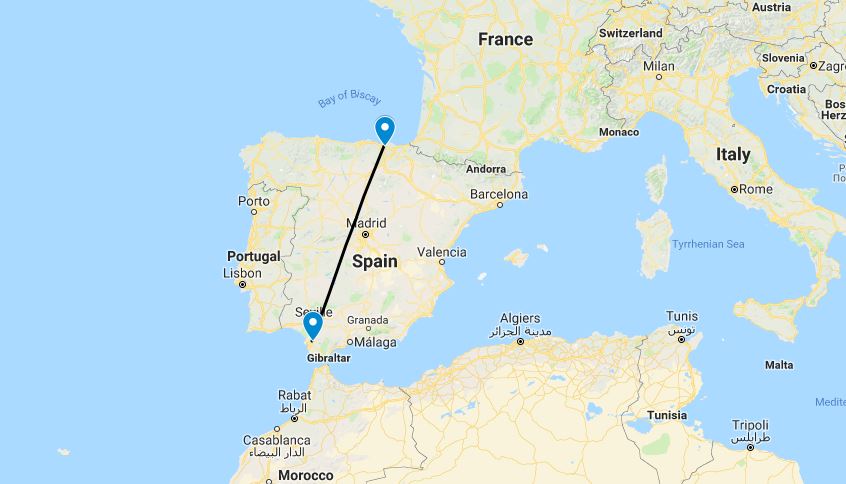
The landing was uneventful, even given the engine’s propensity for shutting itself down when the throttle is reduced close to idle in mechanical mode. We followed the “follow-me” car to the apron near Flight Training Europe, and wandered over to see if anyone was around. It was 8pm by this stage, but given the number of flight school call-signs that we’d heard on the radio we knew that there had to be some kind of activity still going on at the school.
As it turned out, we had landed on our feet once again. We were greeted by Mike and Navid, from England and Switzerland respectively, who were both instructors at the flight school. They immediately sprang into action to help us out, organising accommodation at the home of a ground school instructor, and then driving us there. They also arranged for me to be driven back in the morning to see the head of engineering, who Mike emailed to let know I’d be coming. They couldn’t have been more friendly and helpful!
Roger, the ground school instructor, and his wife Honor owned a huge villa in the centre of Jerez. They had a number of apartments set up for visitors, of which we were given one for our stay. Honor pointed us in the right direction, and before long we were drinking beers and sangria and enjoying tapas, wary about the potential electrical issues to be sorted out but relieved to be surrounded by such supportive people.
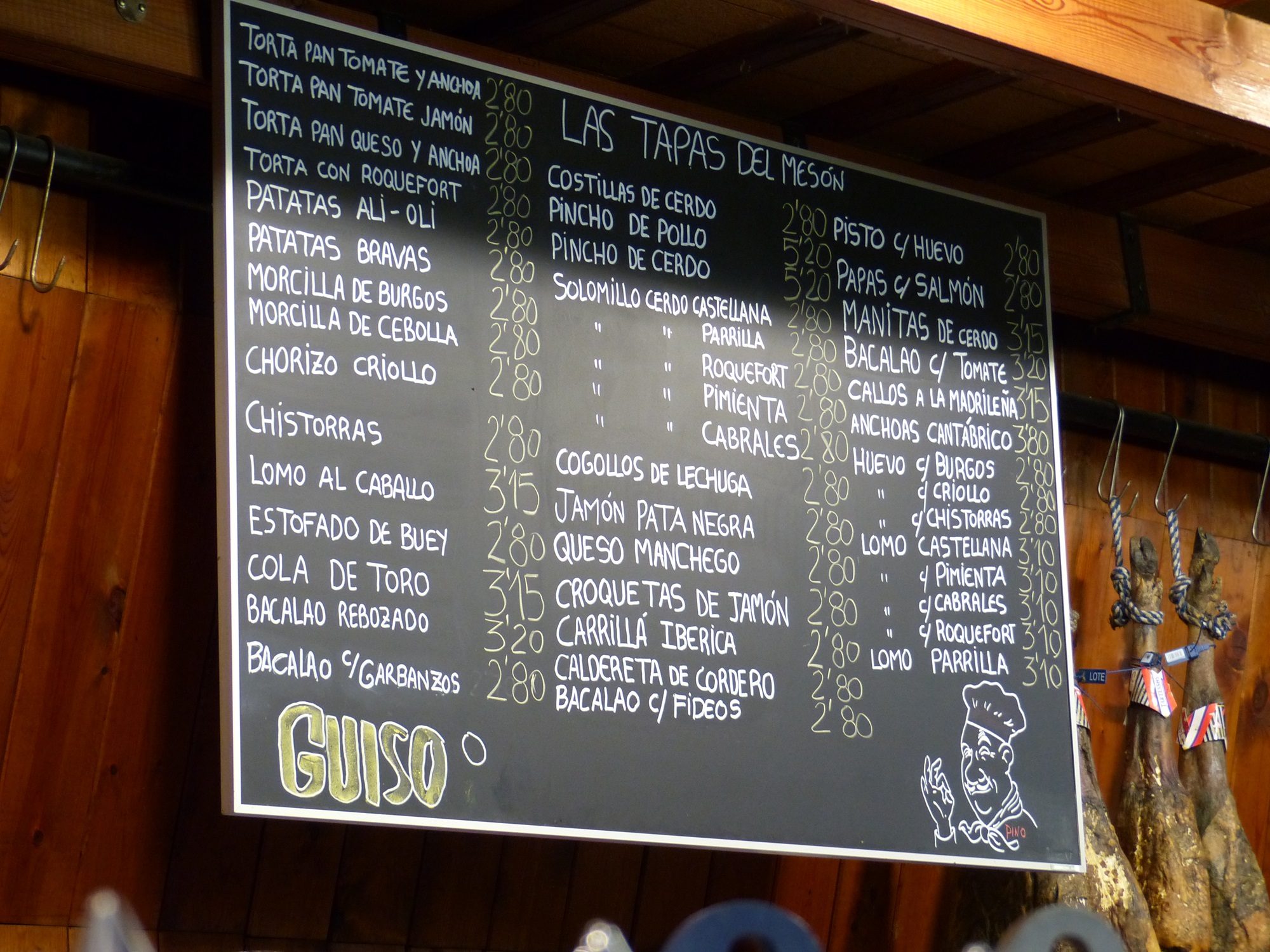
I caught a lift to the flight school the next day with Roger. Security, who had been remarkably unhelpful the night before (they refused to let us leave the flight school, instead walking all the way across the airport to leave via a gate near the terminal) were much more accommodating this time; I still had to wander all over the terminal, visit 4 different offices, and pay 14 Euros for Menzies Handling to drive me 300 meters though.
Before long I bumped into Mike, and we eventually tracked down the head of maintenance, Carlos. A phone call to Aeroskill in Holland to describe the symptoms had led to a preliminary diagnosis, and so I settled down to wait until 3pm, the time at which the mechanic and facilities would become available.
Carlos and his mechanic were right on time. We headed out to the aircraft with a ground power unit to get her started. Taxiing the 200 meters to the hangar was as much of an ordeal as getting through the terminal, with the requirement to follow a “follow me” car, and about 10 minutes discussion between me, the tower, and parties unknown about where I was taxiing and how they could organise it. Eventually, though, the airport authorities were convinced that FTE really had invited me to take my aircraft over, and moments later I was parked at the FTE maintenance hangar with the cowlings stripped.
The problem was immediately obvious, and exactly as Aeroskill had predicted; the alternator auxiliary lead had snapped, probably as a result of being left under slightly too much tension after the alternator replacement. It was a quick 5 minute fix, and a ground run demonstrated that all symptoms of the problem had been eliminated. The same hassle with the “follow me” car occurred to return to parking, but at least this time my battery was charging while I waited.

When I returned I found that Sophia had had a productive day with planning, contacting people down route, and so on. She’d even been to the shops and prepared a dinner of meats, cheeses and salads to enjoy on our balcony that evening! With the aircraft repaired it was easy to relax and look forward to being on our way in the morning; finally, Africa was at hand.
Roger gave us a lift once again to the main terminal. This time I knew where to go, so it didn’t take quite so long to pay our airport fees and then make our way through immigration and security; Menzies aviation were extremely helpful and reasonably priced for handling! They dropped us off at the aircraft where we loaded our bags, by now a fairly well practiced procedure, and then headed into FTE to say our goodbyes. We were permitted to taxi to the runway without the help of a “follow-me” car today, and before long were airborne and headed South.
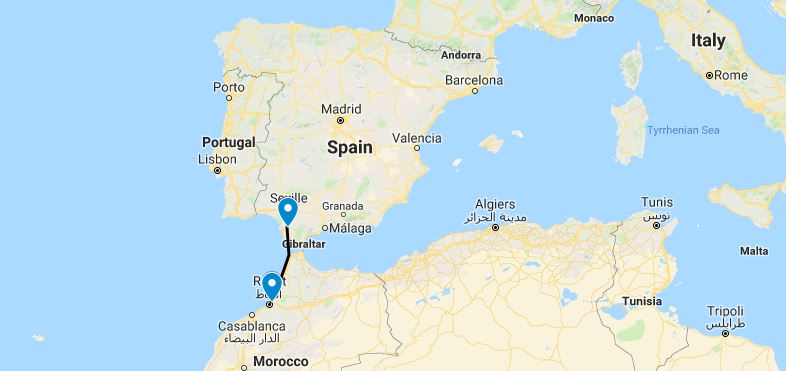
After just a few minutes, the Southern coast of Spain came into view. We coasted out somewhat to the West of Gibraltar, which was unfortunately hidden behind clouds, and could already see the Moroccan coastline ahead in the distance. We were handed over to Moroccan air traffic control a few miles out over the water, and this is where the fun began.
Click here to read the next part of the story.
